Bandhani is the traditional embroidery tradition of the Khatri community of Gujarat and Rajasthan. The term Bandhani is derived from the Sanskrit word ‘Bandhan’ which means ‘to tie’. It has been practiced since the past 5000 years but the earliest written reference comes from Harshacharita by Banabhatt, the court poet of Harshavardhana. It described the whole process of creating a Bandhani, while naming it amongst the clothes given as a part of his sister’s dowry. Today it is treated as a symbol of married life and is associated with social customs.
The visual references for Bandhani can also be seen in the painting depicting the life of Buddha, cave number 1, Ajanta, created in the 6th century as well as the Bagh caves. Many 12th century Jain scriptures also depict the Bandhani tie and dye patterns.
The production of Bandhani is completely handmade and does not use any modern machine even today. However, the production requires extensive use of water even in the semi-arid regions of Gujarat and Rajasthan.
The traditional colours used in Bandhani are bright yellow, black, red and green. These are used on lighter shades of brown, blue and pink. The colours can also be applied manually in a resist dot pattern. This process is called lipai and is common in the Bandhani of Rajasthan. Here, napthol dyes are used before dying the clothes with darker shades.
The process of making Bandhani is done by both men and women. While the women focus on making the motifs and tying the knots, the men complete the dyeing process.
There are different colours and motifs in Bandhani are suggestive of its origin. Gharchola is the red coloured bandhani. It is common for the brides or newly married women. It is typically done in cotton on silk and has a checkerboard pattern with woven gold threads. Each square has a different motif such as a parrot, peacock, elephant, dancing lady, flowering shrub, etc. The gharchola can be further divided into bara bhaag or 12 sections and baavan bhaag or 52 sections. The combination of yellow and red is typically worn by new mothers.

Chandrokhani is the red and black odhanis which is generally worn by Muslim brides. It has one big and four small medallions in the center, along with a wide border. The various motifs made here are small paisleys, zig-zag lines, sunflowers, etc since Islam forbids the representation of living beings.

The predominant motifs in the Pichwai Bandhani are elephants and dancers, along with the most auspicious symbol of lotus and leaves of different plants. The Pichwai Bandhani is not ceremonial, however, it does have a few rare exceptions. These are worn by the women of Mahajan communities.

Women from the Khatri community wear the traditional dress Aba or Abo. Here, the front and back of the cloth are identical. It has a wider colour scheme and can be combined with metal ribbons.

The different types of motifs made in Bandhani can be classified into geometric, naturalistic/ realistic, stylized or abstract. The traditional motifs are ekdali or a dot, trikunti or three knots, satbandi or seven dots, shikargah or mountains, laddoos or sweets, kori or the cowrie shells, dancing lad, flowering shrubs, parrots and peacocks, curvy lines, zigzag lines and elephant. Each motif has specific meanings such as, peacock is the symbol of wealth or Lakshmi, parrot is suggestive of eternal lovers, mango is a symbol of fertility, fish is used to depict prosperity, while elephant is symbolic for the god of warriors.


Bandhani dress in Jain scriptures, Image courtesy V & A Museum London
The major centres for bandhani are Jamnagar, Bhavnagar, Rajkot and Porbandar in Gujarat and Jaipur, Udaipur, Ajmer, Bikane, Churu in Rajasthan. The major consumer of Bandhani is the population of older women. The consumer pattern would go through a subsequent change once the generation shifts.
Further reads
- Foundation studio building crafts – compilation 18 by Radhika Agrawal
- The Bandhani of Kachchh: Ties Across Time by NIFT Kangra
- Tie-dyed textiles of India by Victoria Murphy and Rosemary Crill
- Indian textiles by John Gillow and Nicolas Barnard
- Kutch – Untouched colourful treasure of craft by W. London
- Indian folk arts and crafts by Jasleen Dhamija
- Tie Dyed Fabrics of India by Pupul Jayakar
Written by ~ Misha Jaswal













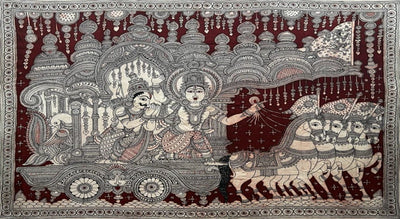

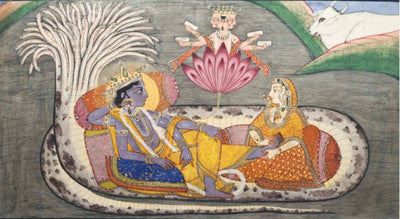
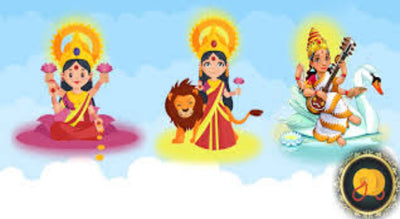
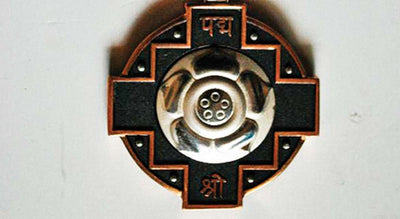
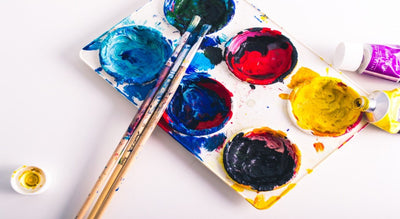
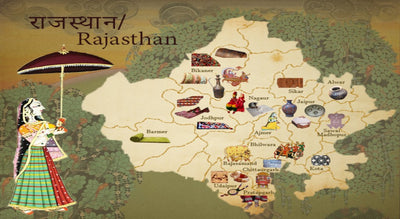
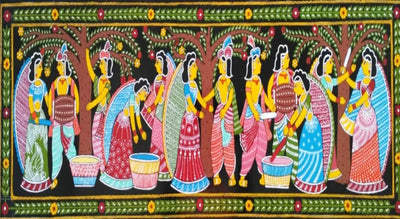
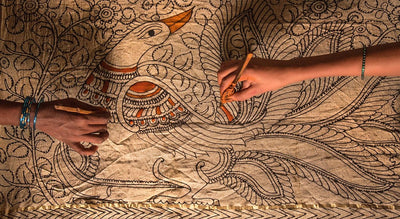

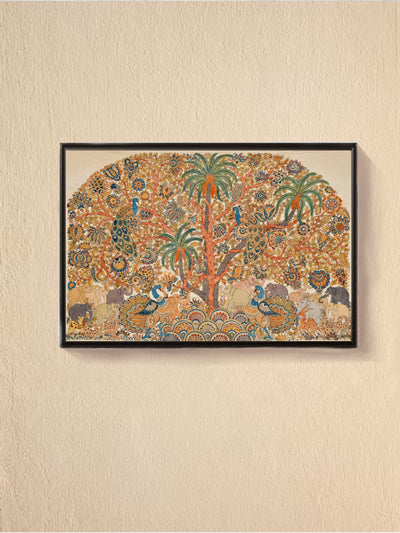







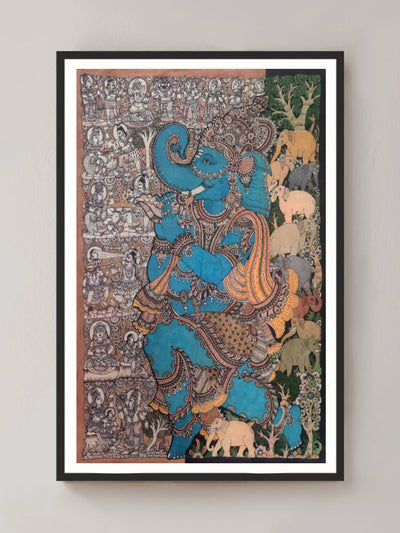








0 comments